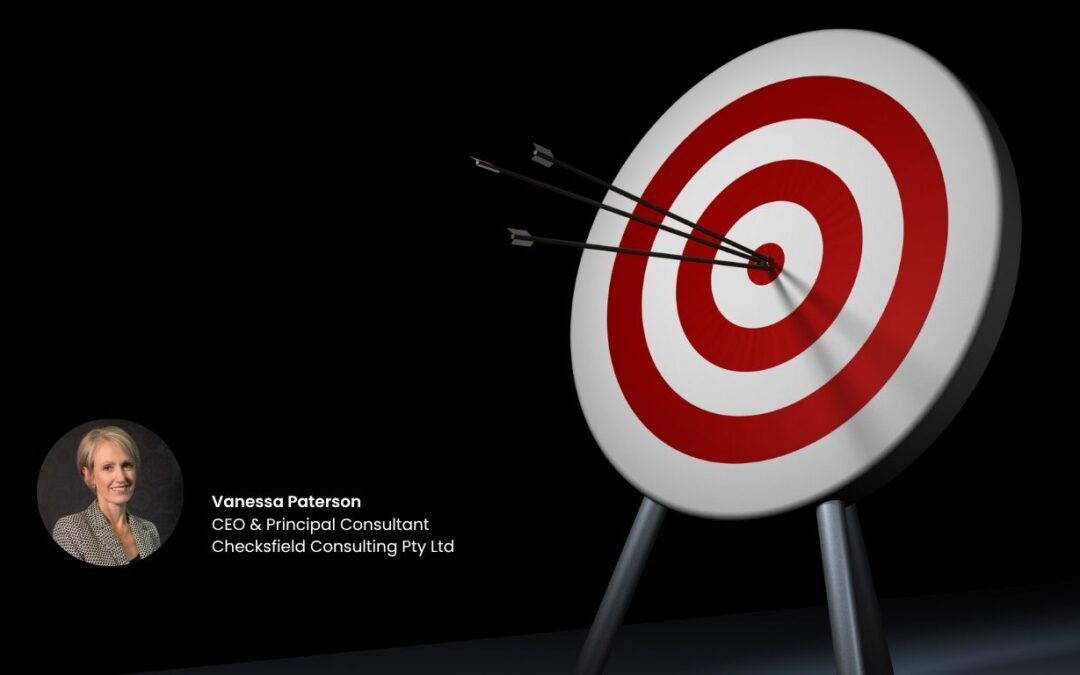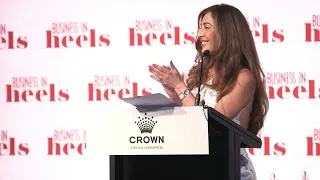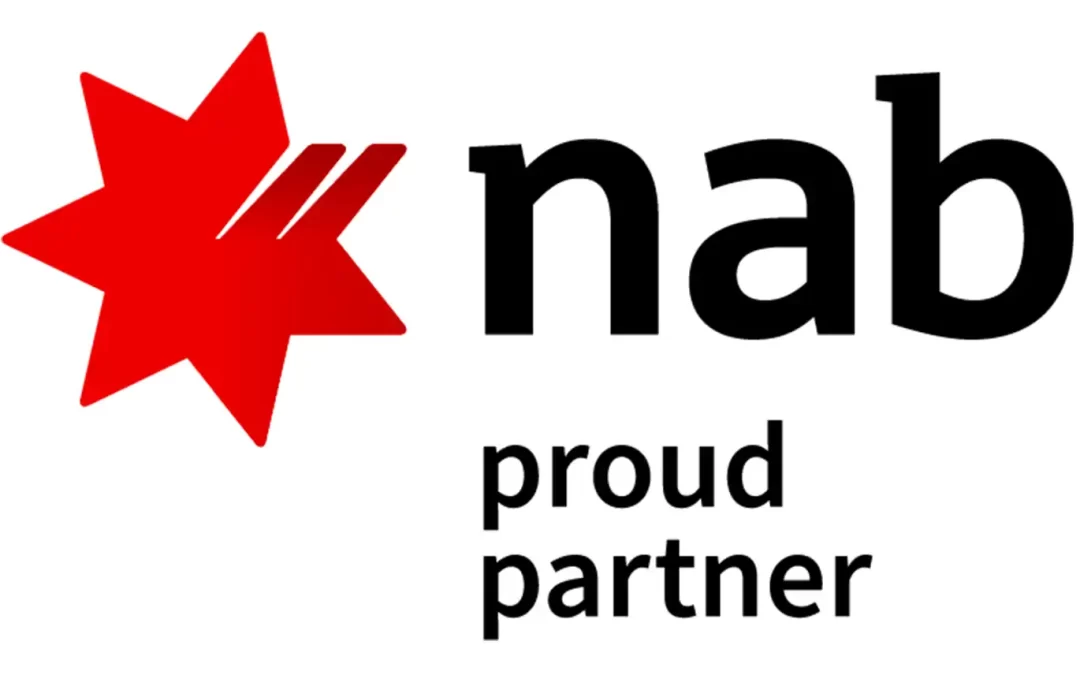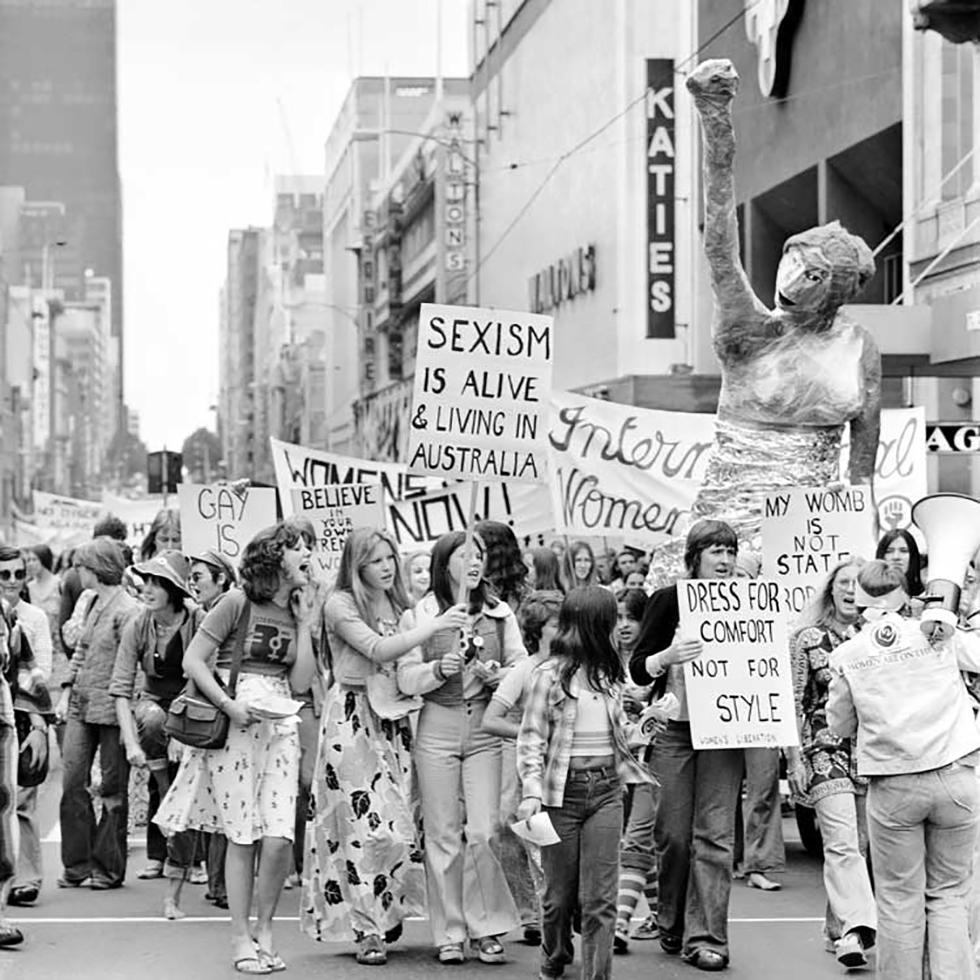
Successful targets need more than box-ticking
Using targets as a lever to create culture change needs more than box-ticking for compliance purposes. Without analysis, strategy and structural change that is underpinned by committed leadership, they may not only fail but backfire.
Current legislative environment
The Workplace Gender Equality Agency (WGEA) now requires larger employers to set one numeric and two action-based targets from a ‘menu’ of options across WGEA’s six gender equality indicators. The menu of action-based targets includes areas shown to drive improvements in gender equality outcomes. These are to be selected and reported to WGEA in 2026.
Why have targets been introduced?
Over the past decade, the national average gender pay gap (GPG) for total remuneration has decreased from 28.6% in 2015 to 21.8% today. But this is an average across all employers and industries so doesn’t tell the full story as there is significant variation between employers and industries.
The GPG, though not a perfect measure, serves as a useful proxy for gender equality. It is a relatable metric with a standardised format that makes it accessible to employers, employees and the media. It provides a year-on-year indicator of an organisation’s gender equality performance and highlights which organisations and industries have more work to do in this space.
Notably, due to the constraints of WGEA’s legislation, this measure doesn’t include other intersectional demographics such as race, age, disability, LGBTQIA+. Capturing and conducting your own intersectional analysis will give you more thorough and meaningful data.
But the GPG is complex, driven by factors such as industrial and occupational segregation, organisational culture, structural biases and social norms. Although many of these factors are historical and legitimately require time to shift, introducing targets is designed to accelerate the rate of change. They require a shift in thinking from being reactive to proactive.
For some employers, this is a welcome move, especially those who have already seen positive results from setting targets. For others, it may feel like an added burden and unnecessary.
But setting targets isn’t just about compliance. Targets aren’t about setting and forgetting, or boxticking. They can be used to your competitive advantage, leveraged as a tool to achieve equity and create inclusive cultures. This, over time, will also drive down your gender pay gap.
What are targets?
Targets are achievable, time-framed objectives which organisations can set on a regular basis to focus their efforts on achieving improved outcomes. The key here is ‘achievable’. Research shows that overly ambitious targets are less likely to be achieved and when targets aren’t achieved it can have a negative impact on organisations and reduce motivation to change.
Most organisations are familiar with setting targets for financial and operating performance. Gender and diversity targets operate in much the same way by setting objectives around key areas where change is needed or desired. They can help focus attention and demonstrate a commitment to deliver.
Does setting targets work?
Some believe targets unintentionally exclude others, leaving some to feel marginalised and resentful. Others think that targets (sometimes erroneously referred to as quotas) can result in what UK Business Psychologist Binna Kandola calls the ‘stigma of incompetence’. This is where those hired because of targets can be assumed less competent which obviously undermines their credibility.
Although setting targets is now a requirement for larger employers reporting to WGEA, having them in place is not enough.
If organisations focus only on meeting a target to be compliant without building internal capability or making the structural changes needed for sustainable progress and culture change, the underlying issues remain unaddressed, undermining longer-term success.
So how do you make sure targets don’t have unintended consequences by sending the wrong messages or driving behaviours that address symptoms not the cause of inequality?
When done correctly, targets are not about compromising on quality but about unlocking potential that may have been previously overlooked due to bias or systemic barriers.
Organisations must ensure their targets are meaningful, achievable, and embedded into a broader strategy for change. True progress comes from understanding the underlying issues, building internal capability, and setting a clear path for improvement.
How do I set targets for lasting change?
When thinking about how to achieve targets, it’s important organisations focus on structural change that embeds diversity, fairness, and inclusive behaviours into policies, systems and processes that ultimately benefit everyone. Below are some guiding principles.
1. To understand your current state and what are your REAL issues, conduct a DEEP data analysis that ideally includes other intersectional data. Guessing where to direct your efforts and resources isn’t a strategy. It’s crossing your fingers and hoping for the best….at best potentially a costly and wasteful approach.
It’s important when analysing your data to consider a longer period than just one year, e.g. look at data from three years. This will give a more stable picture of your operations and enable you to identify patterns.
Be wary about averages. Although meaningful in some ways, averages can mask poor performance. For example, you may have gender balance in management overall but when you dig deeper and analyse each manager category individually, you may find that the lowest level has 70% women and the highest level, 15% women. This would inform where actions are needed.
Further, if you have multiple work-sites it’s important to analyse data from each site individually. Although aggregating data may show gender balance across the group, you may have one site where management and other high-paying roles are very men-dominated, and another that is very women-dominated. This information is important in effectively tailoring your actions to where they are needed.
2. Using your data analysis findings, other information such as your business strategy, your organisation’s growth projections, turnover rates, any projected internal changes such restructures, and market conditions to inform what targets to set means they’ll be more realistic and achievable.
For example, if you’re expanding you can be more ambitious in what numeric targets to set, informed by the workforce planning that you’ll undertake. Alternatively, if you are in a period of consolidation or restructuring, you may want to focus more on setting retention or promotion targets.
3. Set your targets and organisation up for success by defining what structural changes are needed to drive real change. Introducing guard/guide rails in systems, policies and processes to create a workplace culture that is fair and inclusive will not only drive the change needed to achieve a target but will benefit all employees.
As part of this process, it’s important there’s genuine leadership commitment to gender equality and diversity particularly at the CEO and executive management level.
To mainstream gender equality and diversity as a business priority and not only as a side project, you’ll want to link your gender equality and diversity strategy to your values and include it as part of your business strategy.
4. Build capability and understanding – educate your workforce on systemic bias, inclusive leadership, the rationale behind diversity targets and the value of a diverse workforce. It’s important to communicate that a target isn’t tokenism, it’s not a quota, it’s a strategic advantage.
5. Communicate to your workforce that the changes to systems and processes are occurring to create a diverse and inclusive environment where all employees are valued for their unique perspectives and contributions. This is important in getting buy-in so all your workforce can see the benefits for everyone.
6. Embed accountability – link target outcomes to KPIs for leaders.
7. To build trust and momentum, measure and communicate progress transparently.
In conclusion, using targets as a lever to create lasting culture change requires more than box-ticking for compliance purposes. When supported by strategic leadership that’s committed to genuine action, targets that are well-designed and grounded in data can be powerful drivers of change.







